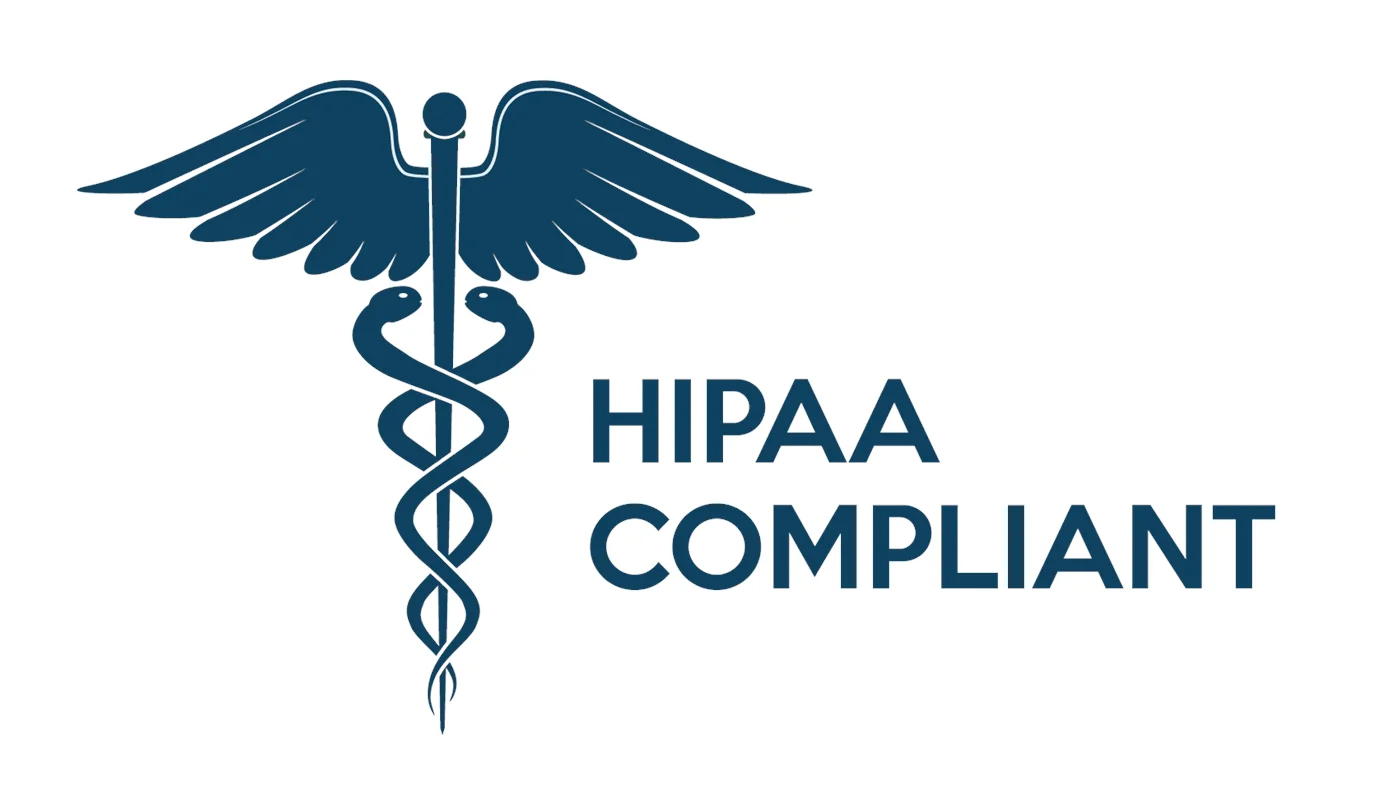Another regulation addressing the relationship between patients and healthcare providers in the United States is the Health Insurance Portability and Accountability Act (HIPAA) of 1996. HIPAA has two components, one covering healthcare insurance and the other covering the maintenance of patient healthcare records. These two aspects provide legal guidelines for healthcare providers, healthcare settings, and health insurance companies to follow about patients and patient rights.
Title I of HIPAA provides legal guidelines for health insurance, including limits on the restrictions that group health insurance companies can use when insuring individuals. For example, group health insurance cannot deny coverage to someone because of their health status or base healthcare premiums on a person's health. HIPAA also established regulations on the issue of existing conditions (a condition diagnosed before a patient purchases a new insurance policy). Before HIPAA, a person might be denied health insurance based on the presence of an existing condition. If an individual has an existing condition, the insurance company can only restrict benefits on this condition for 12 to 18 months. Additionally, if the person had interrupted coverage for less than 63 days (such as having insurance through one job and then receiving insurance at a new job), the time of interrupted coverage would count toward the exclusion of existing conditions. So, if someone had a group insurance policy for several years and then moved to another group insurance policy with fewer than 63 days between coverage, the individual would remain covered for any existing conditions.
 |
 |
Title II of HIPAA provides legal guidelines for maintaining electronic records and patient privacy. Today, most of our medical and health records are electronic on computers. This created many concerns about privacy and how healthcare providers, healthcare settings, and insurance companies should handle medical records. HIPAA helped establish a standard for record transactions, making it easier to share information when a patient needs it to be shared between providers. Each provider or setting that uses electronic records also uses unique identifiers when logging into the system. Finally, and most importantly, HIPAA provides safety guidelines for patient information. This privacy includes not only a person's medical records but also their medical payments. As part of these regulations, patients are guaranteed the rights to their records, information about who has access to their data, and the ability to keep medical information private from others.
Another obligation that healthcare professionals have regarding patients is that of informed consent. Informed consent is a patient's agreement to undergo specific tests, treatments, etc. As part of this legal concept, healthcare professionals need to discuss the treatment or procedure that they believe will help the patient and disclose the risks and benefits of the treatment or procedure. The providers also need to disclose alternative therapies and the risks and benefits of those alternatives. It is also an essential component within health science research as participants in a study should consent to participate, knowing that they may (or may not) experience adverse effects from the study.
Informed consent helps protect patients from treatments or procedures with which they are uncomfortable, and it gives them power in the decision-making over their bodies. However, not all patients can consent to a treatment or procedure. Informed consent requires the person to have 'adequate reasoning facilities' and all information available about the choice. People may have impaired reasoning facilities for several reasons, including Alzheimer's disease, mental illness, mental retardation, or intoxication, or they may be unconscious due to an accident or trauma. When people have impaired reasoning or are unconscious, they cannot give informed consent. In these instances, another person is generally authorized to make medical decisions for the patient. This may be a parent or legal guardian for minor children or a family member or friend for an adult. In some situations, such as medical emergencies, a person may be unable to give informed consent, and an authorized person may not be available to provide the necessary consent. Generally, if immediate action is required to help someone, healthcare professionals are allowed to do so, even though informed consent has not been given.
Some people may have a Do-Not-Resuscitate
directive in their living wills.
Advance directives cover another facet of the relationship between patients and healthcare providers. Advance directives are legal documents that give information about end-of-life care. Other names for advance directives include living wills, advance decisions, and personal directives. Living will outline what procedures or treatments a person wants healthcare professionals to use if they can no longer make decisions. The patients may also name a person, such as a friend or family member, who is appointed to make medical decisions for that person. A document identifying a person to make healthcare decisions is called power of attorney or healthcare proxy.
Advance directives are a response to increasing medical technology that makes it possible for healthcare professionals to revive or keep alive individuals who would have died in previous times. In the United States, about one-third of all people die in hospitals, with more dying in other healthcare settings such as nursing homes. Healthcare studies have demonstrated that treating dying patients can sometimes be painful to the person, expensive for families, and emotionally difficult for all involved. Due to this, more patients are using advance directives to have greater power over what happens to them at the end of their lives.
The specific directions in these documents differ from individual to individual, based on each person's wishes. However, the instructions generally share some common aspects. Living wills, for example, may identify medical treatments or procedures that the individual does not want to be practiced on them. They may also include directions where food and water should be given or withheld via feeding tubes. Some living wills are particular in their directions, and others are more general. An example of a general living will directive would be that if a person is suffering from a terminal condition, they do not want life-sustaining procedures or treatments started or continued.
Although living wills are famous, there have been some issues with their use. One of the major issues is that many living wills fail to capture the complexity of medical situations and health. Some directions might go against standard medical advice or may not have covered all healthcare decisions meaningfully. Healthcare experts also have reminded patients that living will need to be updated frequently to keep up with advancing medical technology.
In response to these issues, more people use the power of attorney documents to name someone to make their healthcare decisions. People with power of attorney can then consider what might be in a person's living will, along with the healthcare provider's advice and other factors, to make the best decisions for the patient. Despite some of the issues with living wills and health proxies, healthcare experts recommend that people still create them as they will indicate a person's wishes at the end of their life.

